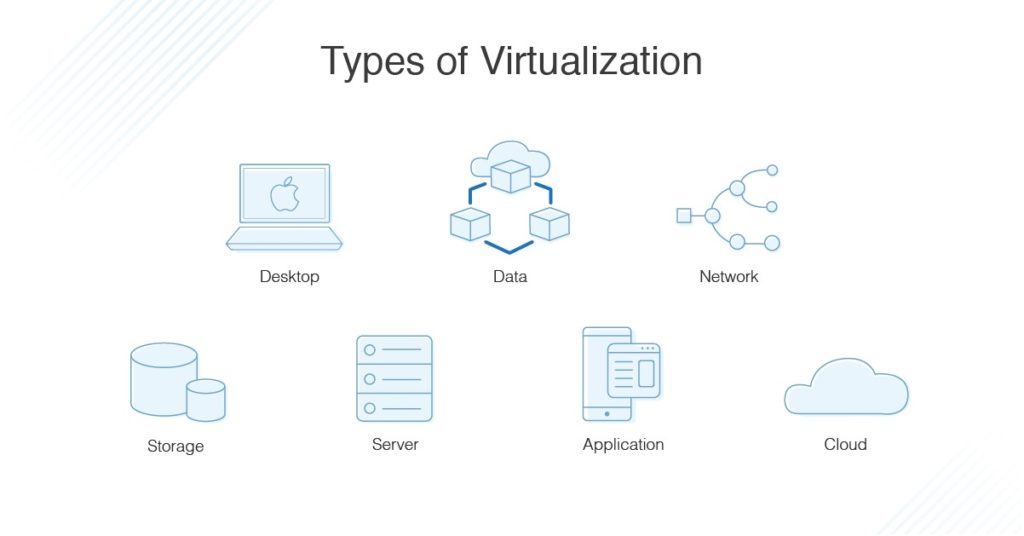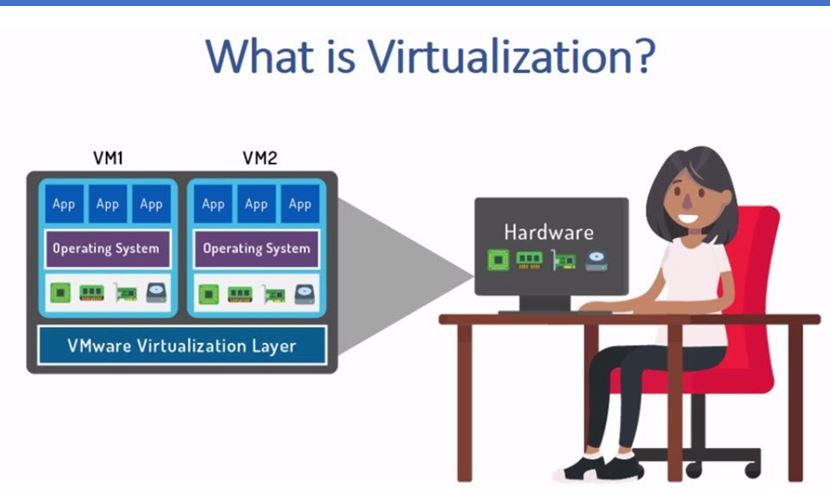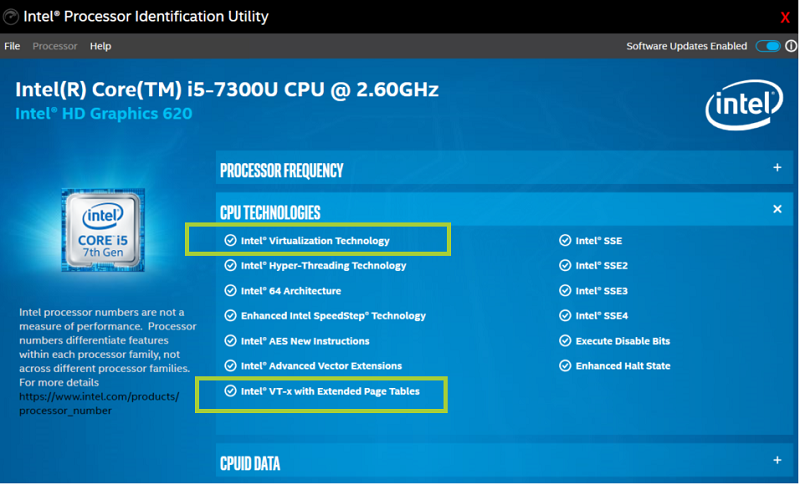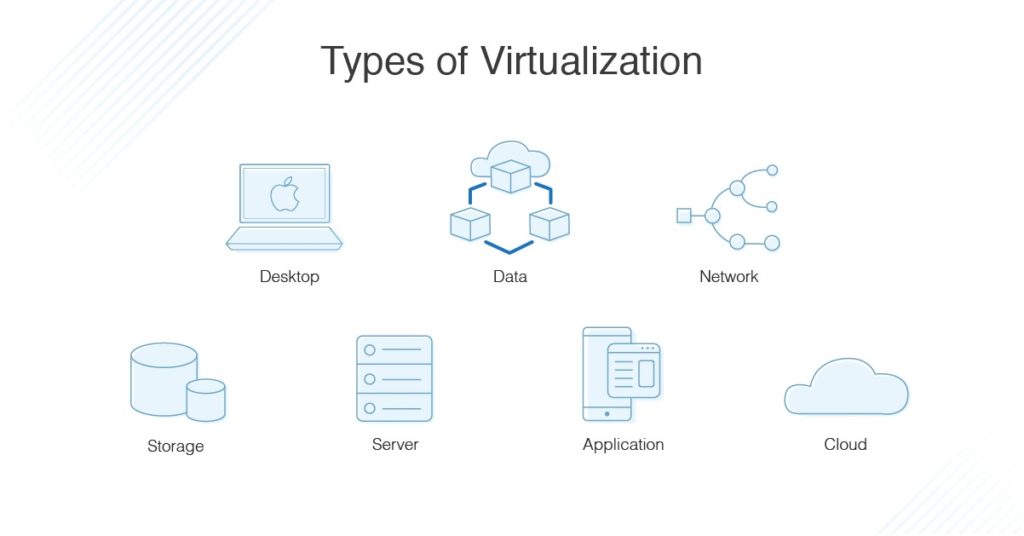Virtualization technologies are rapidly transforming the world of computing. These technologies are enabling organizations to optimize the use of computing resources, improve scalability, reduce costs, and streamline operations. However, many people are still unfamiliar with virtualization and its benefits.
At its core, virtualization refers to the creation of a virtual version of something, such as a computer, operating system, storage device, or network. This virtual version can then be used to run multiple instances of the original resource simultaneously, allowing organizations to maximize resource utilization without having to invest in additional physical infrastructure. In this article, we will explore the concept of virtualization in more detail, discussing its various forms, benefits, and applications in today’s computing landscape.

What is a Virtualization Technology?
Virtualization technology is a process of creating a virtual version of a system or environment. It is a way to use software to simulate real-world hardware or a complete system. This technology can be used in many different ways, such as virtualizing a server, cloud computing, and creating virtual networks.
Virtualization can be used to improve the efficiency of a system or organization by allowing multiple users to access the same resources without having to install additional hardware. It can also be used to create virtual networks to improve security and provide better scalability.
What are the Benefits of Virtualization?
Virtualization can provide numerous benefits to businesses, including increased efficiency and cost savings. By virtualizing resources, businesses can reduce the amount of hardware they need to purchase and maintain, as well as reduce energy costs. In addition, virtualization can also improve the reliability and scalability of a system.
Virtualization can also provide businesses with better security and privacy. By isolating resources into virtual environments, businesses can reduce the risk of data breaches or malicious attacks. Virtualization also makes it easier to deploy and maintain applications and services, as well as reduce the time and effort required to manage them.
What Are the Types of Virtualization?
There are several different types of virtualization, including server virtualization, cloud computing, and desktop virtualization. Server virtualization is a process of creating virtual machines that can run on physical hardware. This type of virtualization can be used to create multiple virtual servers on a single physical server, allowing for more efficient use of hardware resources.
Cloud computing is a type of virtualization that allows businesses to access computing resources and applications over the internet. This type of virtualization can be used to host web applications and databases, as well as provide a platform for software development and testing. Desktop virtualization is a process of creating virtual desktops on a single computer. This type of virtualization can be used to separate applications and data from the physical computer, allowing businesses to reduce the risk of unauthorized access or data breaches.
What Are the Challenges of Virtualization?
While virtualization can provide many benefits, there are also some challenges associated with it. Virtualization can be complex to implement and require significant technical skills to manage. In addition, there are security and privacy risks associated with virtualization, as well as the potential for data breaches or malicious attacks.
Virtualization can also be expensive to implement and maintain, as it requires additional hardware and software to be purchased and managed. In addition, virtualization can be difficult to scale, as it requires additional resources and technical expertise. As such, businesses should consider all of the costs and benefits of virtualization before implementing it.
Frequently Asked Questions about Virtualization Technologies
Virtualization technologies allow users to create virtual versions of hardware platforms, operating systems, storage devices, and networks. This technology offers a wide range of benefits, including improved scalability, cost savings, and enhanced security.
What is Virtualization?
Virtualization is the process of creating a virtual version of a physical computing environment, such as a server, storage device, or network. This virtual environment provides the same functionality as a physical environment, but with a much lower cost and increased scalability. Virtualization can be used to create multiple virtual machines on a single physical computer. Each virtual machine has its own operating system, application software, and user interface, and can be managed independently from the rest of the environment.
What are the Benefits of Virtualization?
Virtualization offers many benefits, including improved scalability, cost savings, and enhanced security. By using virtualization, organizations can save money on hardware and software costs, as well as reduce the amount of time and effort required to manage and maintain their IT environment. Additionally, virtualized environments are easier to scale up or down as needed, allowing organizations to quickly and easily expand or shrink their IT infrastructure. Finally, virtualization provides enhanced security by allowing organizations to isolate their data and applications from one another, making it easier to protect against malicious attacks.
What are the Different Types of Virtualization?
There are several different types of virtualization technologies available, including server virtualization, storage virtualization, and network virtualization. Server virtualization allows users to create multiple virtual machines on a single physical server, while storage virtualization allows users to create a virtual storage area network that can be used to access and manage storage resources across multiple physical devices. Network virtualization allows users to create multiple virtual networks, allowing them to isolate their data and applications from one another.
What are the Challenges of Virtualization?
While virtualization offers many benefits, there are some challenges associated with it as well. One of the main challenges is ensuring that the virtual environment is secure and compliant with applicable regulations. Additionally, virtualization can be complex and time-consuming to manage and maintain, requiring specialized skills and expertise. Finally, virtualized environments can be prone to performance issues, such as latency and bottlenecks.
How Can Organizations Implement Virtualization?
Organizations can implement virtualization in a variety of ways. One of the most popular methods is to use a virtualization platform, such as VMware or Microsoft Hyper-V. These platforms allow users to easily create and manage virtual machines and other virtualized components. Additionally, organizations can also use cloud-based virtualization services, such as Amazon EC2 or Google Compute Engine, to create and manage virtualized environments in the cloud.

In conclusion, virtualization technologies have truly revolutionized the way we use our computers and IT infrastructure. These technologies have become an indispensable tool for many businesses and organizations, enabling them to optimize their resources and increase their efficiency. By allowing multiple operating systems and applications to run on a single physical server, virtualization technologies have also helped to reduce costs and improve scalability.
Looking ahead, it’s clear that virtualization technologies will continue to play a critical role in the future of IT. As computing resources become more complex and distributed, virtualization will become even more important in helping organizations manage their IT infrastructure. With its many benefits, virtualization technologies will undoubtedly remain a popular choice for businesses and IT professionals alike, offering a powerful solution for managing and optimizing IT resources in an increasingly complex world.



